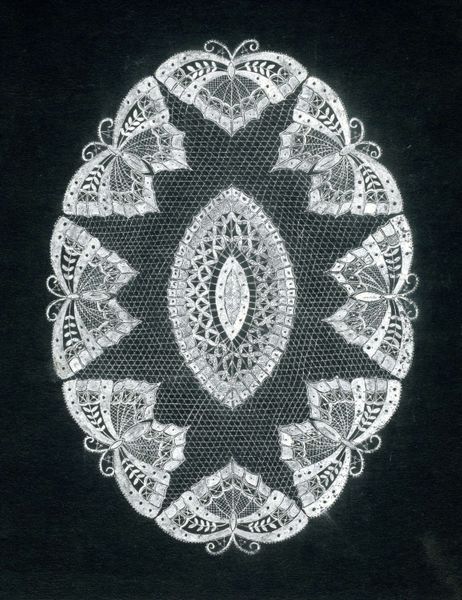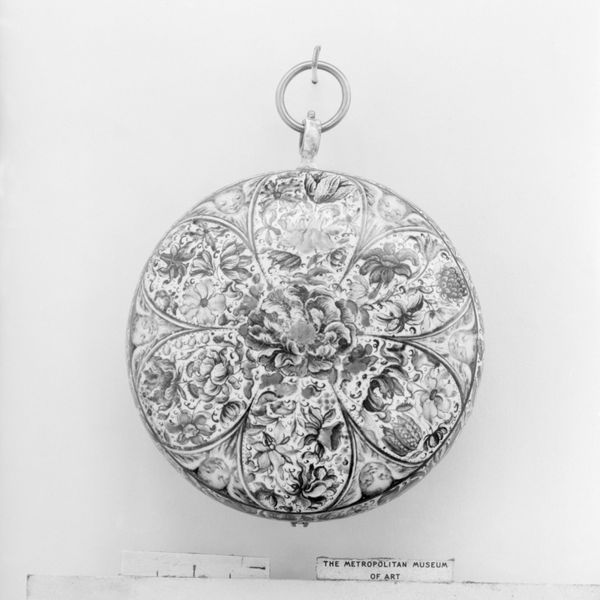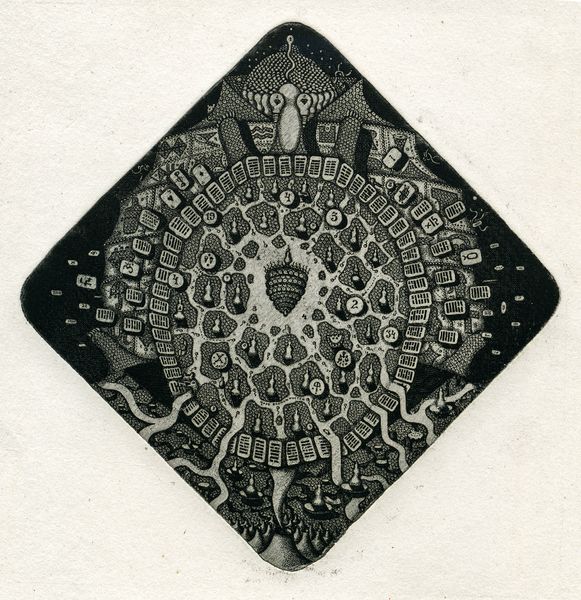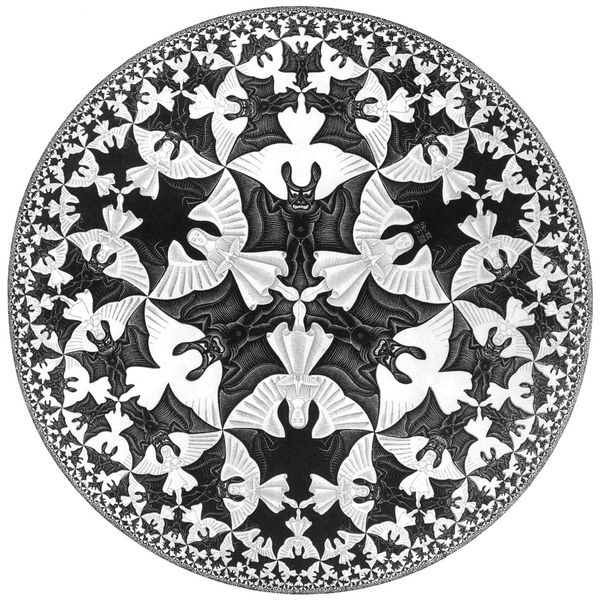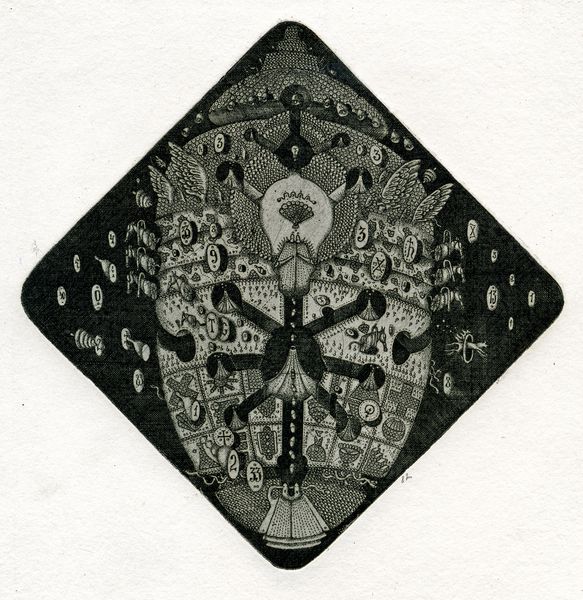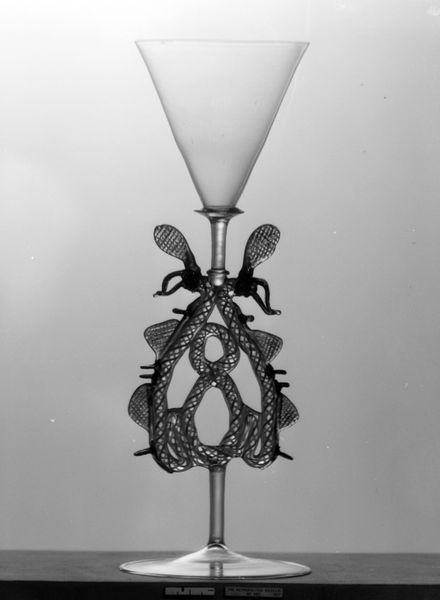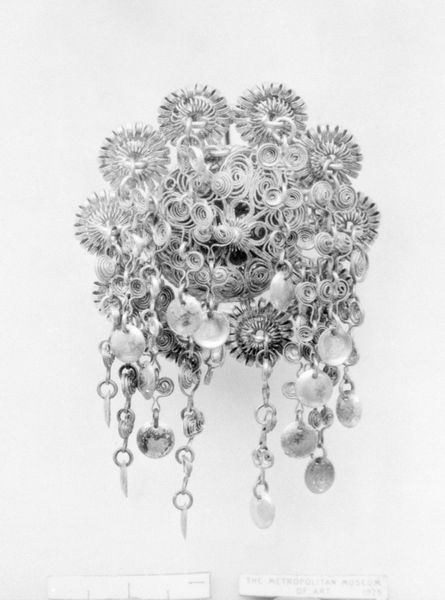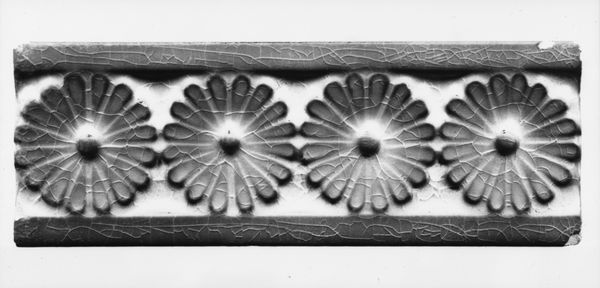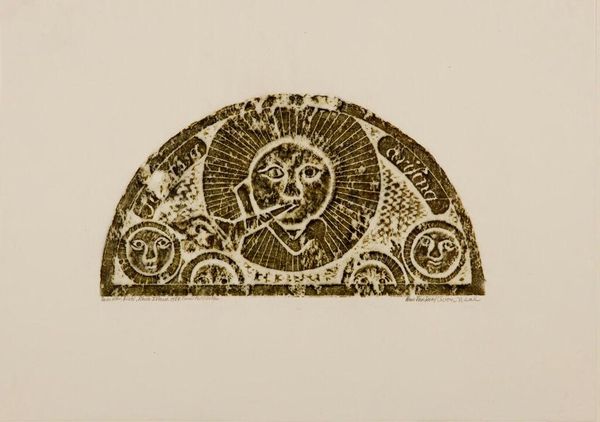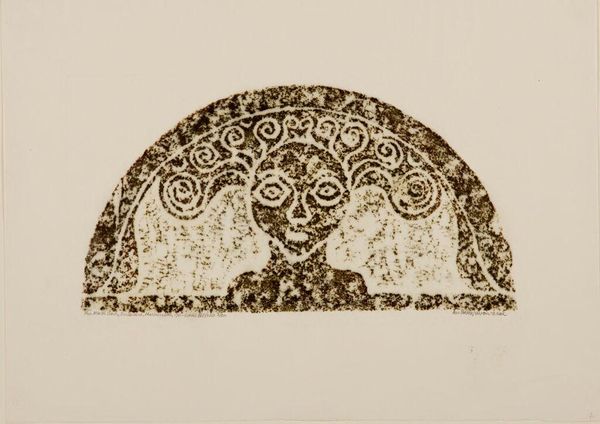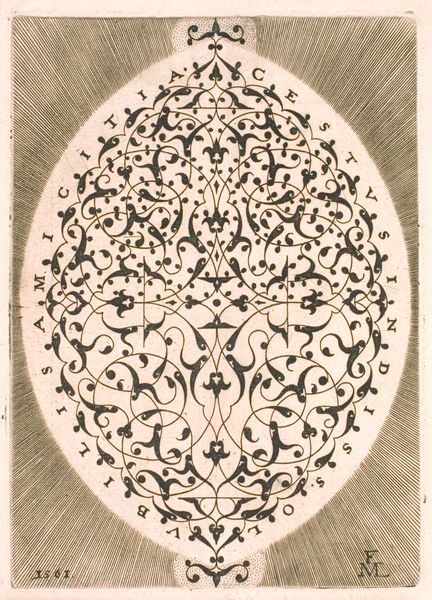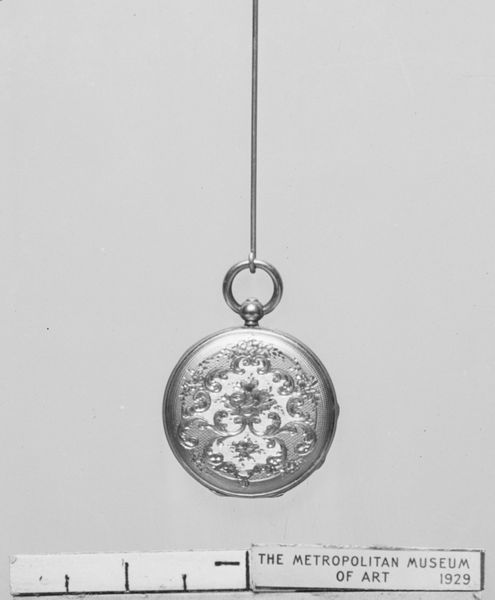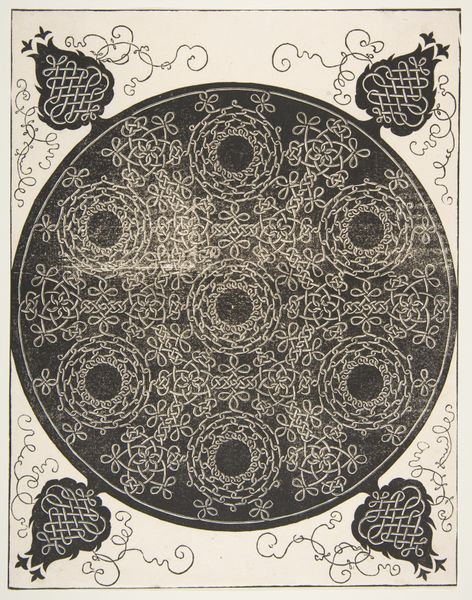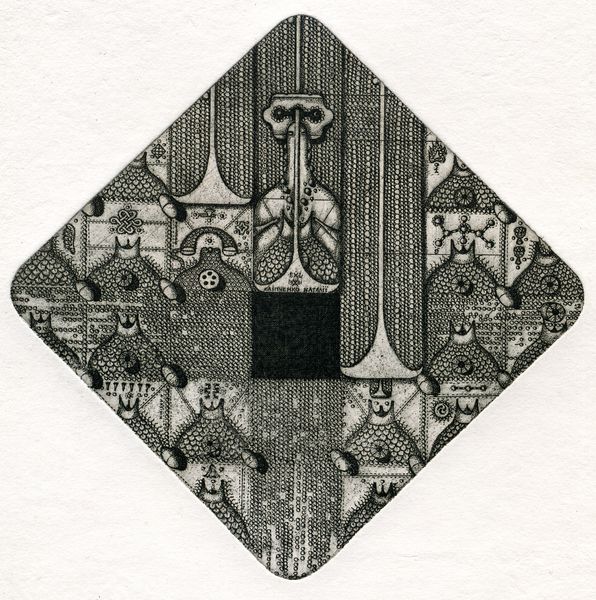
Dimensions: Diameter: 1 1/2 in. (3.8 cm)
Copyright: Public Domain
Editor: This intricate pocket watch, created by Jean-François Bautte & Co. between 1837 and 1855, is currently housed at the Metropolitan Museum of Art. The blend of metal and enamel in a floral, almost baroque style, is really captivating. I find the monochrome scheme surprisingly striking. What's your take on this piece? Curator: Well, let's consider this object not just as a timepiece but as a cultural artifact steeped in power dynamics. In the 19th century, owning such an elaborate watch signaled wealth and status. The craftsmanship and materials, the *visible* labour, speak to a society stratified by class. Consider, too, how time itself was being codified and industrialized during this era, a process that impacted different social strata unevenly. The precision promised by this watch would have resonated differently for, say, an industrial worker versus a member of the aristocracy. Editor: That's fascinating. I hadn't thought about the industrial implications. Is the choice of floral motifs purely aesthetic? Curator: Possibly, but what did the flower symbolise during this era? The beauty and frailty of nature, cultivated into forms accessible only to a privileged demographic, may remind us that objects like this operated within strict power geometries related to gender, access, and consumption. Think about who would have worn this, and in what contexts. Would they be reminded of a bouqet or a natural element weaponised by colonial interest and botany studies? Editor: It shifts my perspective entirely! I am now contemplating this more than a piece of craft or fashion, but something deeper embedded into history. Thank you. Curator: And I am thankful for you for letting me consider it anew through fresh eyes!
Comments
No comments
Be the first to comment and join the conversation on the ultimate creative platform.
